Radiological Weapons: Dirty Bomb and Pure Theory
In the middle of the last century, the concept of the so-called. radiological weapons. It provided for the creation of a special ammunition capable of delivering a radioactive substance to enemy territory. Such a load affects all living things with ionizing radiation and creates a stable radioactive contamination. Various studies were carried out on this topic, but it did not receive much development and did not reach practical implementation.
The concept of mass destruction
The concept of radiological weapons of a tactical or strategic level is quite simple. Radioactive substances in one form or another are delivered to the territory of the enemy with the help of some kind of ammunition. They are scattered over a given area and create the desired effect.
A wide range of radioactive isotopes are suitable for use in radiological weapons, with different half-lives ranging from a few days to several years. In particular, iodine-131, cesium-137, strontium-89, etc. threaten human health and life. To enhance the effect in one product, several different elements can be used.
When dispersed over the territory, such a “charge” should hit manpower and other biological objects. At the same time, different substances can give both a quick and a delayed effect. In addition, it is possible to create a long-term infection, making the area unsuitable for habitation, economic and military activities.
Radiological weapons are often seen as a simpler and cheaper alternative to nuclear weapons. However, such a comparison is very conditional and clearly demonstrates its disadvantages. So, radiological systems lose to nuclear weapons in "speed". In addition, they have only one damaging factor, from which it is theoretically possible to protect themselves. There are other specific features and disadvantages.
It is known that the concept of radiological weapons and different versions of such systems were actively studied by different countries. However, already in the course of research, all its problems were identified, and it was abandoned. As a result, not a single army in the world has radiological ammunition. Concerns have been expressed about the possibility of the emergence of such weapons in terrorists - but this threat, fortunately, remains only theoretical.
Dirty explosion
The simplest in technical and operational terms, a variant of radiological weapons is the so-called. dirty bomb. In fact, we are talking about a high-explosive ammunition of a certain power, the main charge of which is supplemented with radioactive material. When a charge is detonated, such material is scattered over the area and creates the required damaging factors.
It is believed that such ammunition is easy to manufacture - the only difficulty is access to radioactive substances. At the same time, depending on the power of the charge and the amount of hazardous materials, it is able to infect a large area and lead to large casualties.
However, such a weapon has a number of serious drawbacks, which is why it is not of interest to full-fledged armies. So, it requires special security measures at all stages, but has limited potential. "Dirty bomb" practically does not provide instant destruction of enemy manpower and equipment. In addition, prolonged contamination of the area creates threats in the conduct of hostilities and imposes serious restrictions.
At the same time, the simplest radiological weapons can attract terrorist formations that are only interested in causing damage. Fortunately, such threats remain unrealized. The world has sufficient control over radioactive materials, due to which their leakage and the creation of a "dirty bomb" are almost impossible.
Dangerous Dust
Another option was also proposed for delivering radioactive material to a given area. It is curious that he first appeared not in a scientific work or in a full-fledged project, but in Robert Heinlein's fantasy story "An Unsatisfactory Solution", published in 1941.
According to the plot of this story, in 1945, the United States and Great Britain almost ended the Second World War with the help of a radiological attack on Berlin. The capital of Nazi Germany was literally bombarded with containers with a dusty radioactive substance, which quickly killed the entire enemy leadership and population, breaking the will to resist.
According to various sources, such a variant of radiological weapons was subsequently seriously studied at the theoretical level, but this idea was not developed either. A new one has been added to the already known problems. It turned out that air currents can carry light radioactive dust beyond the boundaries of a given affected area. This reduced the effectiveness of the radiological strike, and also created threats for the using side.
According to some reports, similar ideas were worked out in our country in the fifties. At the same time, instead of containers with dust, it was proposed to use tanks and pourers with liquid solutions of radioactive substances. However, this did not give any advantages, and by the end of the decade, all research was curtailed due to the lack of real prospects.
The damaging factor of a nuclear explosion
As is known, among the damaging factors of a nuclear explosion there are penetrating radiation and radioactive contamination of the area. Accordingly, a nuclear munition has certain prospects as a radiological weapon, and the improvement of its design makes it possible to increase such a potential.
This version of radiological weapons was proposed in the early fifties by American physicists. They calculated the design of a nuclear or thermonuclear weapon with an additional load in the form of cobalt. During the explosion, this metal should pass into the radioactive isotope cobalt-60.
A high-altitude detonation of such a munition will disperse a dangerous element over a large area and make it unsuitable for life and activity for a long time. In addition, the "cobalt bomb" may be on the ground. With proper power, the products of its detonation will still spread through the atmosphere and fall into remote regions of the planet.
Later on, at the theoretical level, various variants of nuclear and thermonuclear munitions with an increased yield of radioactive materials that kill all life and infect the area were worked out. For example, a few years ago, a “leak of information” about the Russian project of the Status-6 underwater vehicle, which can carry a dirty thermonuclear warhead, made a lot of noise.
However, as far as is known, not a single project of nuclear weapons with an increased radiological effect has reached practical implementation. The reasons for this are simple: atomic and thermonuclear weapons are already highly effective. Strengthening a separate damaging factor with a delayed effect does not make much sense.
border area
In the context of radiological weapons and their threat, munitions based on depleted uranium are sometimes mentioned. This metal is characterized by high density and strength, as well as the ability to ignite in air. Due to this, uranium is a good material for the production of armor-piercing cores for shells of various calibers.
According to existing regulations and standards, depleted uranium is safe to operate and does not require additional measures. At the same time, its use is associated with risks, incl. long-term. Studies show that military personnel who survived the shelling of uranium shells have an increased risk of cancer. In addition, similar effects are observed among the civilian population in areas of active use of such ammunition.
However, these shells are not formally classified as radiological weapons. Several arguments are put forward in their defence. So, an armor-piercing projectile, even a uranium one, is a kinetic weapon and is designed to hit a target only due to its own energy. At the same time, the radiological effects are minimal and hardly exceed the statistical error.
pure theory
Thus, the idea of a radiological weapon suitable for use at a tactical or operational-strategic level has long been theoretically tested and evaluated. It is easy to see that this estimate was not high. Already at the level of research and calculations, it was found that "dirty" radioactive systems combine a minimum of advantages and a number of serious disadvantages.
As a result, radiological weapons are of no practical interest for full-fledged armies and developed countries. At the same time, this concept can still attract the attention of illegal and terrorist groups, as well as dubious regimes with bad ideas and limited capabilities.
The result is an interesting situation. Radiological munitions, as far as is known, do not exist and are not in service. However, there is a need to control this area - so that they do not appear, and even more so do not fall into the wrong hands. And practice shows that the solution of such problems is quite possible, thanks to which "dirty bombs" remain pure theory.
- Ryabov Kirill
- US Department of Defense, Russian Department of Defense
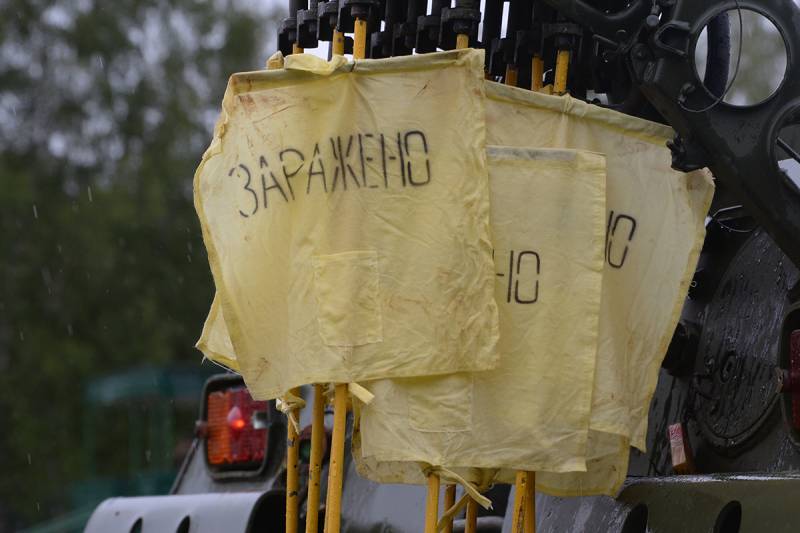
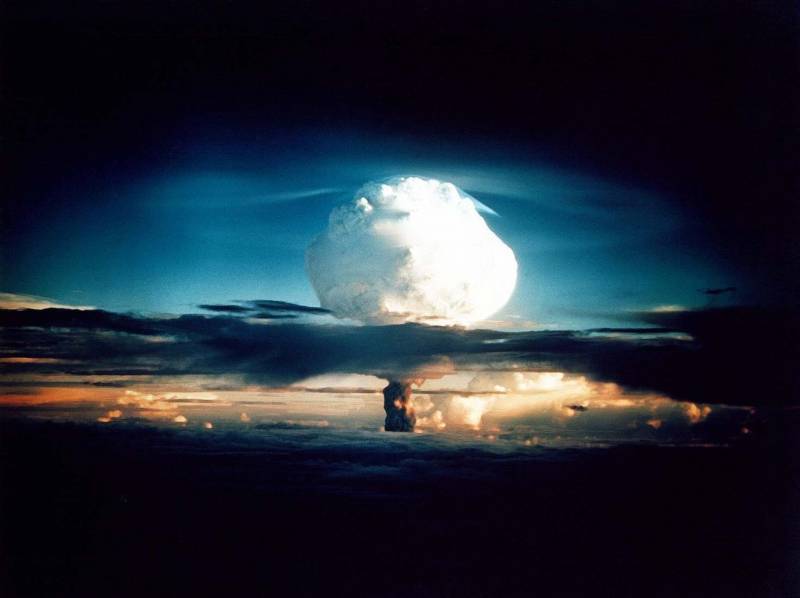
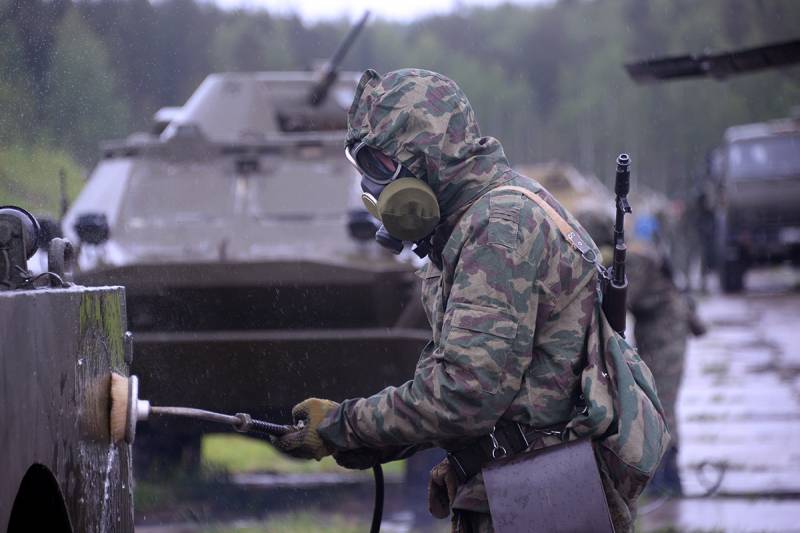
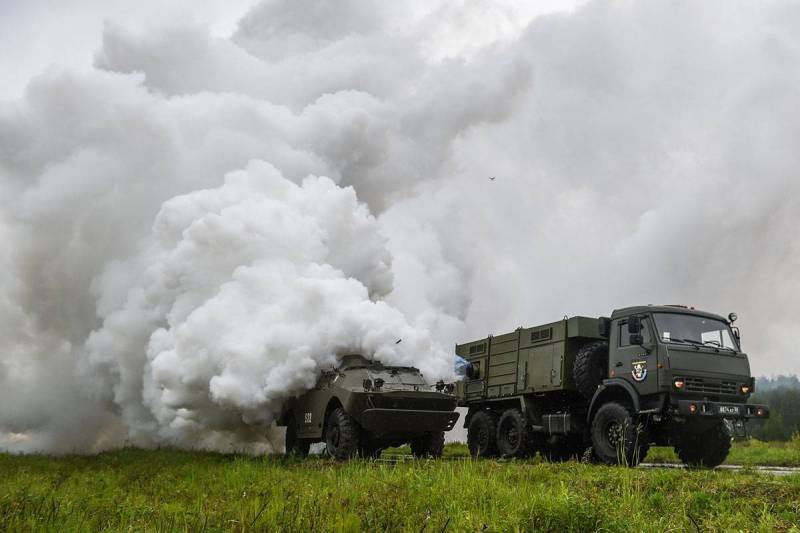
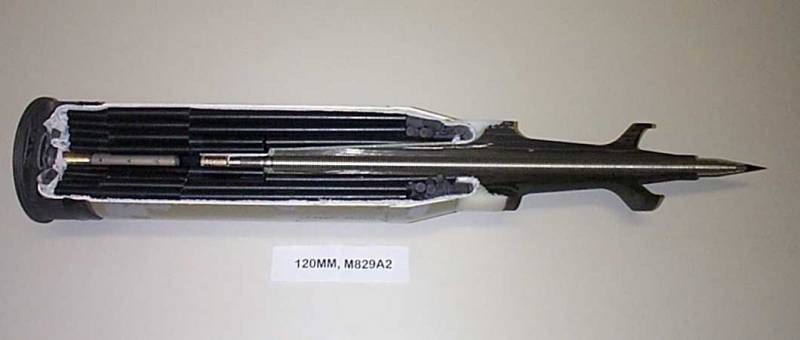
Information